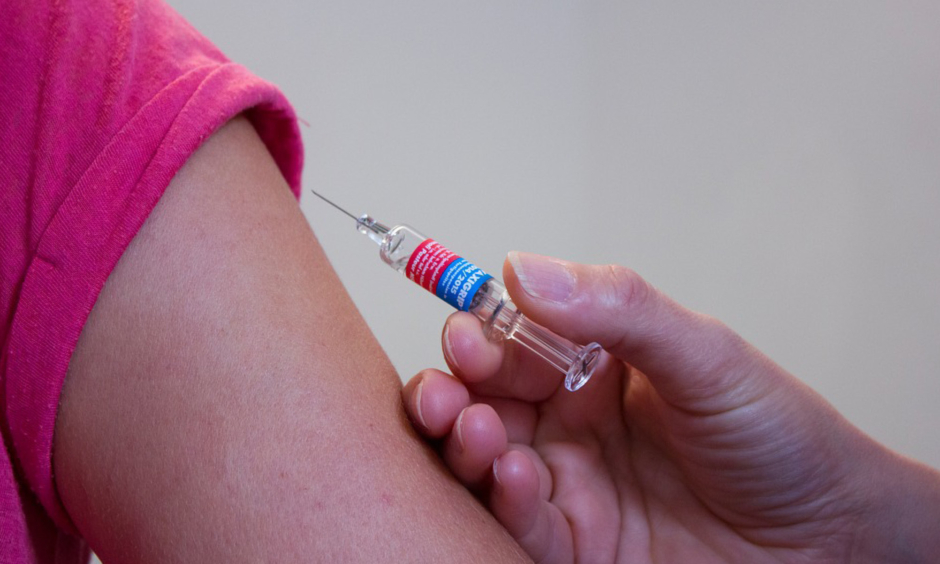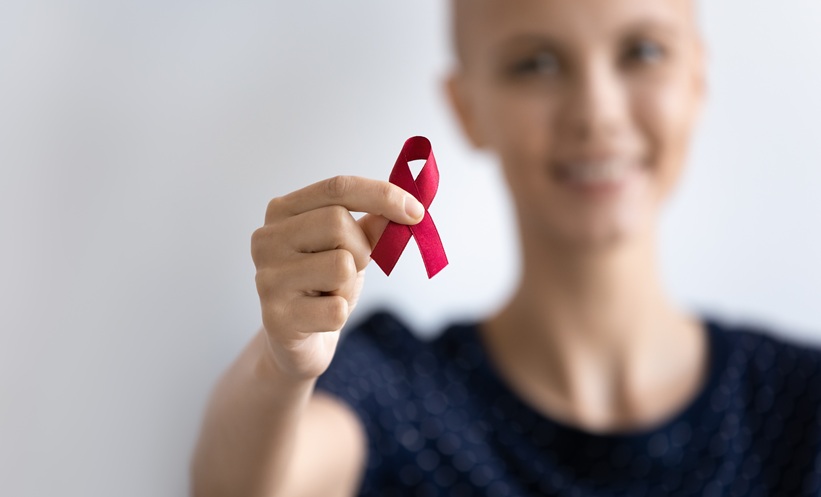THE EFFICACY of immunotherapy vaccines can be impacted by the structure of the vaccine regardless of its composition, a team of researchers from Northwestern University, Evanston, Illinois, USA has demonstrated. The research, studying the use of different molecule architecture, found that one structure eliminated some tumours and protected the subjects from return of the tumours. These observations could offer the opportunity to improve cancer immunotherapies by developing structurally superior vaccines.
The study looked at spherical nucleic acids (SNA), an emerging nanoparticle material that are synthetic globular DNA and RNA forms surrounding a nanoparticle core. These structures have a diameter of around 50 nanometres and can be used for targeted treatment as they can enter immune cells. The researchers looked at the role SNA can play in killing cancerous cells, reducing or eliminating tumour growths, and extending the lives of three mouse tumour models. A range of compositionally identical vaccines were tested on animal models, with a different peptide antigen position in each: within the SNA core, interspersed with DNA, or attached to DNA.
Results showed that the model in which the peptide antigen was interspersed with the DNA vastly outperformed the rest; vaccines with this structure eradicated tumours in 30% of the animal subjects and protected them from recurrence of tumours, improving survival rates. Differences in the peptide antigen position created variations in the immune system response created by the vaccine, due to changes in recognition and processing of the molecular cues.
Co-lead author of the study Dr Chad A. Mirkin, Northwestern University, commented: “This observation shows the importance of chemical structure and three-dimensional presentation of active components in the design of vaccines.” The results could inform future cancer immunotherapy options, as Mirkin continued: “This information will help us rationally design SNA vaccines that can raise the strongest possible anticancer immune responses. Having a clear design strategy also will accelerate the development of vaccines for many types of cancer and potentially other diseases.”
This research highlights the importance of structure in vaccines, and offers potential for SNA designed vaccines, creating possibilities for a new type of vaccinology for cancer. However, while these results are promising, the 30% reduction in tumours was found in mice participants, and further research is needed to clarify whether results would be replicated in humans.








